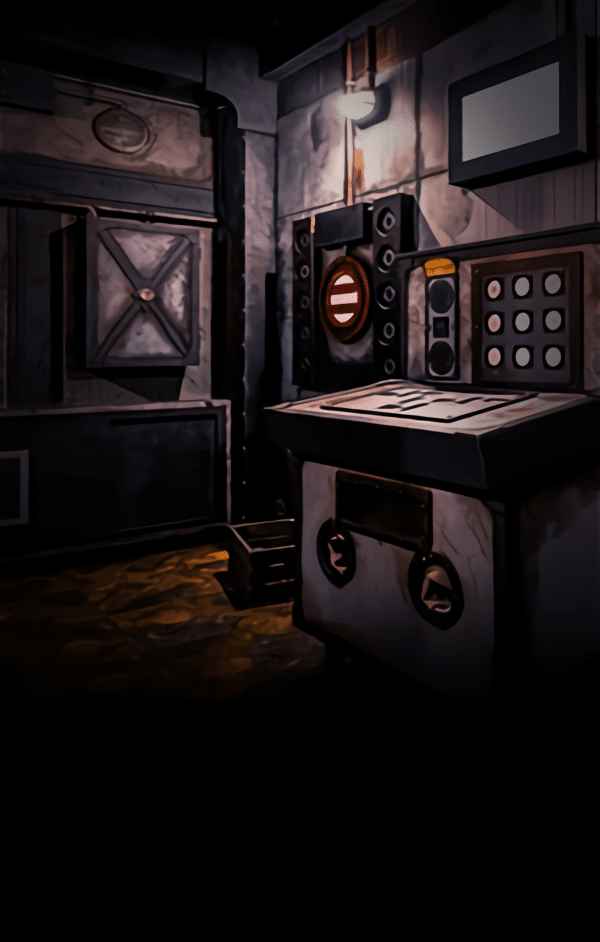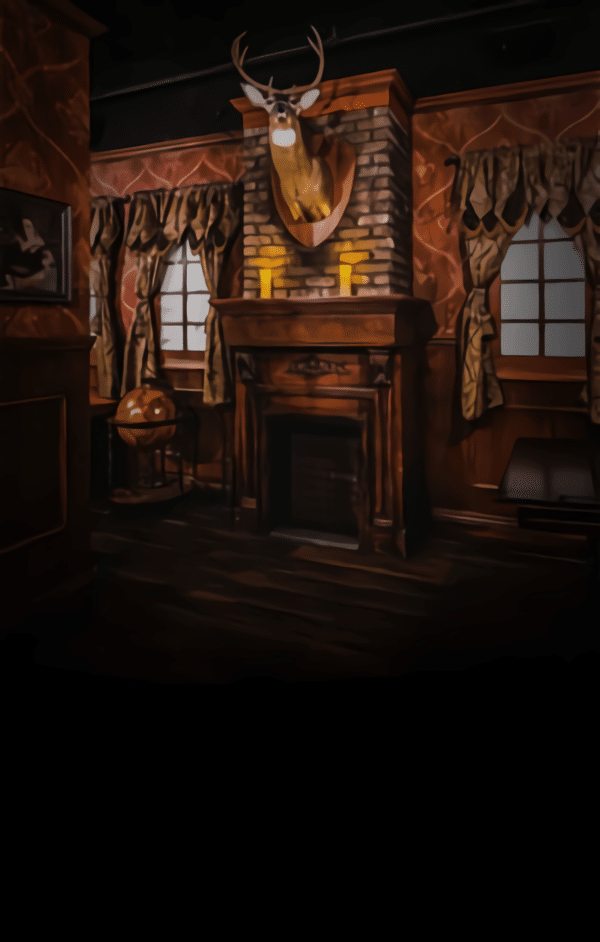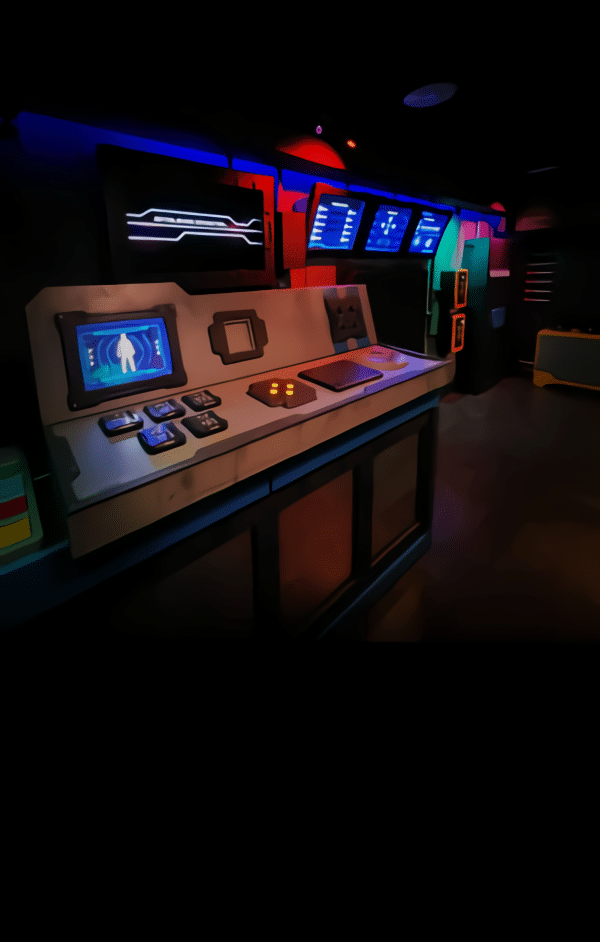Escape rooms have always been about immersion, creativity, and solving puzzles under pressure. In a city as dynamic as New York, the experience is constantly evolving. One of the most exciting developments is the integration of augmented reality (AR) into escape room experiences. AR allows players to blur the line between the physical environment and digital elements, enhancing both storytelling and gameplay. At Mission Escape Games – NYC, located in midtown, guests can expect a balance of physical puzzles and new-age interactive features that bring the challenges to life. When exploring an escape room New York City, it’s helpful to know what AR elements may enhance your experience.
Blending Physical Puzzles with Digital Overlays
Augmented reality doesn’t replace the hands-on excitement of locks, keys, and hidden compartments—it enhances them. Through AR headsets or mobile devices, players may see hidden symbols on walls, codes projected onto furniture, or virtual characters that provide cryptic clues. This technology ensures that every step feels innovative while still requiring teamwork and problem-solving.
Storytelling Enhanced Through AR Technology
Narratives are the heart of any escape room. AR makes these stories more immersive by adding layers of interaction. Imagine entering a bunker setting and seeing digital flickers of fire or a countdown clock only visible through a device. This digital enhancement makes themes like apocalyptic survival or secret agent missions more convincing, intensifying the thrill.
The Role of AR in Time-Sensitive Challenges
Escape rooms thrive on the ticking clock, and AR intensifies this element. For example, a glowing symbol may only appear when a timer hits a specific mark, or a digital lock may need to be aligned correctly within seconds. AR challenges create urgency without removing the tangible element of physical puzzles.
Accessibility and Ease of Use
One question many first-time visitors have is whether AR is complicated to use. Fortunately, AR in escape rooms is designed for all levels of tech comfort. Devices or headsets are often intuitive, and instructions are simple. The idea is to merge AR seamlessly with the physical environment so that participants of all ages can enjoy the experience without distraction.
Realism in Game Environments
AR technology makes ordinary objects extraordinary. A plain wooden desk might reveal hidden blueprints when viewed through AR, while an empty wall could transform into a control panel. This realism keeps players engaged, making them feel like they’ve stepped into another world without leaving Midtown Manhattan.
Group Collaboration with AR Features
Escape rooms in New York City are built on collaboration. AR adds another layer by creating tasks that require multiple players to view different things simultaneously. One person might see a code through their device, while another sees complementary symbols, forcing groups to communicate effectively and work together.
Integration in Popular Game Themes
Games like End of Days A, End of Days B, Hydeout, and Carbon: 3708 at Mission Escape Games already provide immersive narratives. With AR enhancements, these stories could reach new levels. For example, in an apocalyptic scenario, AR might project crumbling cityscapes or countdown timers, while in detective-style games, AR could bring suspects or evidence to life.
Advantages of Choosing AR-Enhanced Escape Rooms
There are several reasons why AR-enhanced escape rooms appeal to players:
-
Immersion: Players feel like they’re part of a movie scene.
-
Innovation: AR provides puzzles and clues that would be impossible in a purely physical format.
-
Replayability: With different AR features activated in different sessions, the same room may feel fresh again.
These advantages make AR a natural step forward in the evolution of escape rooms.
The Future of AR in Escape Rooms
While AR is already changing how escape rooms operate, the future promises even more. From wearable technology to synchronized group experiences, AR will likely make every visit unique. As New York continues to lead in entertainment innovation, escape rooms are positioned at the forefront of these advancements.
Conclusion
Escape room New York City experiences are no longer limited to locks and keys—they now embrace technology like augmented reality to enrich storytelling, challenge problem-solving skills, and foster teamwork. For players looking for the next level of immersion, AR makes every puzzle more dynamic and every narrative more lifelike. Mission Escape Games – NYC offers players a glimpse into this future, combining classic escape mechanics with cutting-edge enhancements.
Frequently Asked Questions
Q1: Are there escape room New York City experiences that feature augmented reality?
A: Yes, several experiences in New York City incorporate AR to blend physical puzzles with digital interactions, enhancing immersion and gameplay.
Q2: How does augmented reality change the gameplay?
A: AR overlays digital clues, characters, or symbols onto the real environment, adding new dimensions to puzzles without removing the tactile fun of locks and hidden objects.
Q3: Do I need to be tech-savvy to use AR in escape rooms?
A: Not at all. Devices and headsets used for AR are designed to be simple and user-friendly, so even beginners can enjoy the technology seamlessly.
Q4: Can AR be combined with classic escape room themes?
A: Absolutely. Whether it’s apocalyptic survival, detective mysteries, or futuristic challenges, AR can enhance themes by adding visual and interactive layers.
Q5: What makes AR escape rooms different from regular ones?
A: While regular escape rooms rely purely on physical props, AR escape rooms mix tangible puzzles with digital effects, making them more immersive, dynamic, and unpredictable.









